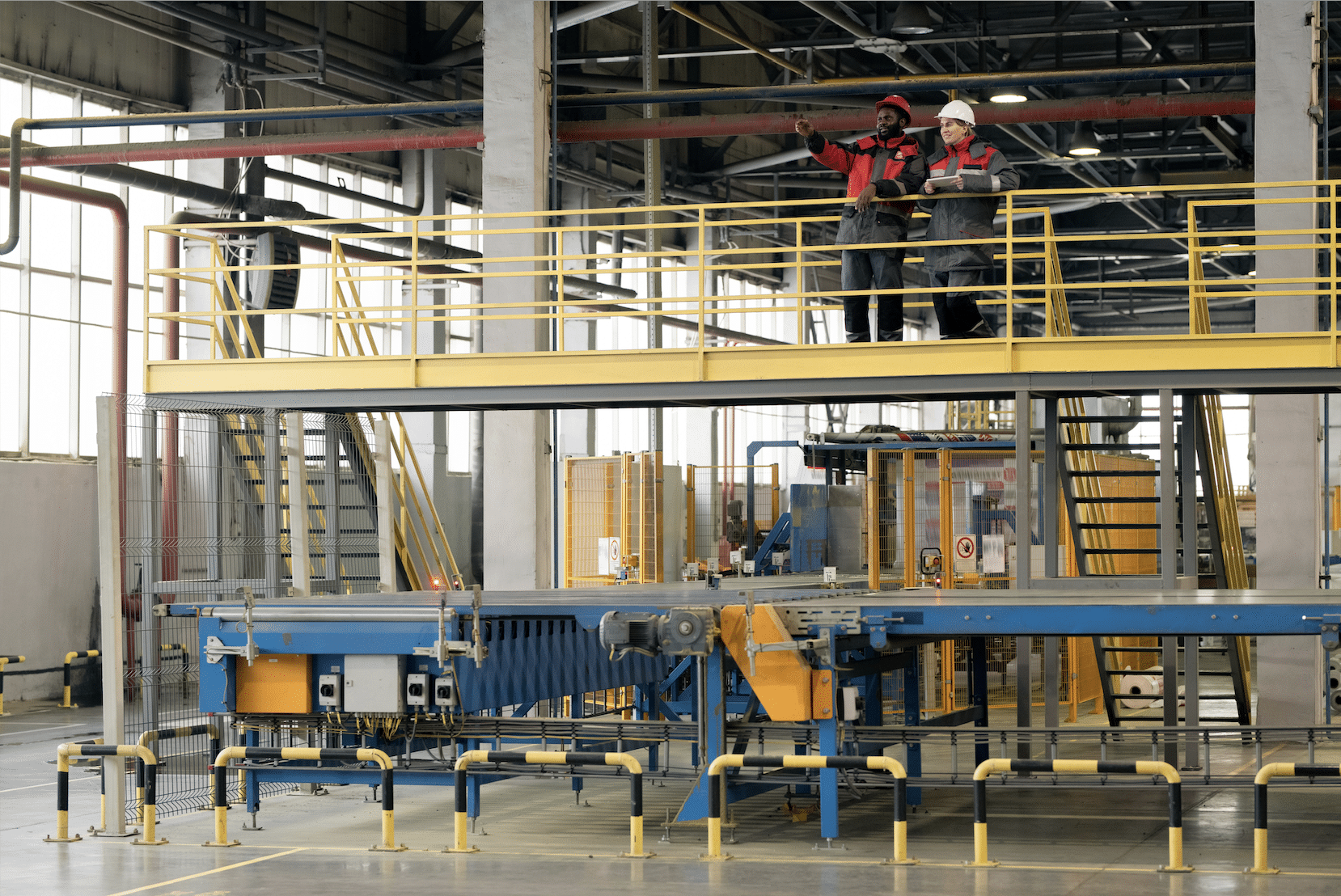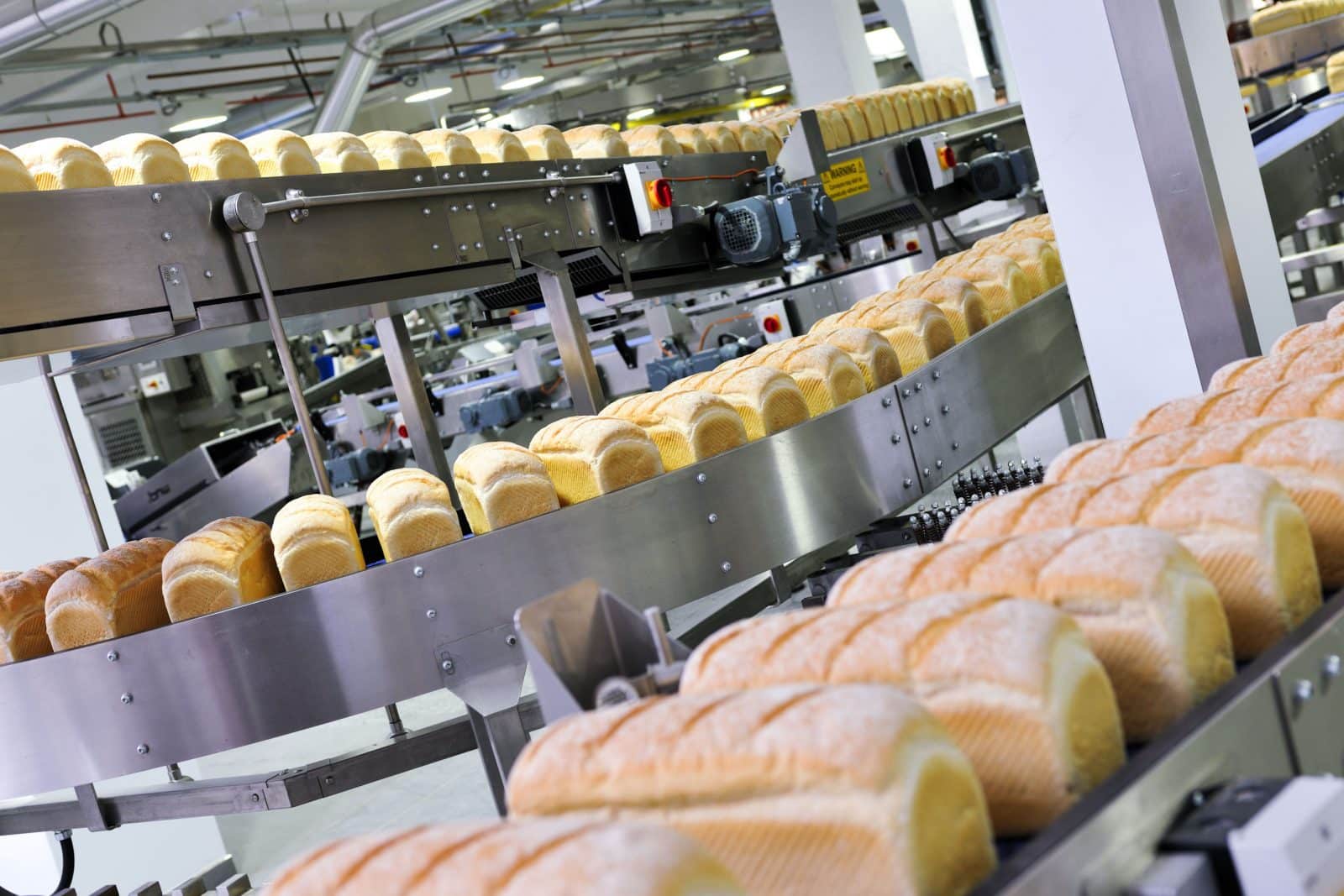Smart utilisation of artificial intelligence (AI) could go a long way towards the resuscitation of large sections of South Africa’s moribund manufacturing sector. By using advanced AI to boost human productivity (instead of focusing on mechanisation and digitisation), the manufacturing industry can capitalise on South Africa’s unique intersection of technology and labour availability, improving the sector, the economy – and returning to being highly competitive in the global market.
That’s the view of Peter Reid, CEO at visionAI, who emphasises that the kind of AI needed does not necessarily involve automation with the potential this holds for job losses.
On the contrary, Reid proposes a solution, known as visual AI, which he believes can help to deliver improvements that could revive and boost the sector’s productivity.
Johann de Wet, CRO at visionAI agrees, pointing out that visual AI, a subset of AI, has emerged as a powerful toolset that can visually observe labour practices and productivity, proactively identifying opportunities for process improvement, skills development and other potential benefits.
“This could contribute to increased competitiveness, higher salaries and wages, reduced unemployment numbers and, ultimately, improved standards of living and quality of life for more and more South Africans,” De Wet says.
“As things stand currently, the manufacturing sector in South Africa is simply not sustainable, which is troubling given the number of jobs provided in the industry.”
In 2022, 1.5 million people were employed in manufacturing – a significant number, one that has experienced a drop of almost 300 000 since 2005.
In fact, manufacturing’s total contribution to the South African economy has been in decline for decades. According to the World Bank, back in 1985, manufacturing in South Africa contributed 25% to GDP; in 2022, this had dropped to just 12%. Indeed, manufacturing’s contribution to GDP has been trending downward virtually unhindered since that mid-80s high.
Driving much of this decline is ongoing rises in labour costs despite productivity levels remaining flat for more than a decade.
According to Reid, there’s a direct link between the productivity of a country and its wages, particularly in the context of international trade. In economic theory, this is known as the Balassa-Samuelson hypothesis, which also indicates that there is a positive relationship between a country’s productivity growth and the appreciation of its real exchange rate.
South Africa, however, has set itself up as an example of the so-called inverse Balassa-Samuelson hypothesis. This also suggests that in some cases, there is a negative relationship between a country’s productivity growth and the appreciation of its real exchange rate.
Research by the World Bank positioned South Africa 80th out of 170 countries for productivity growth between 2015-2021. If that wasn’t bad enough, the rate of local productivity growth – as measured by GDP per employed person – during this period was only two-thirds that of the pace of the rest of the world.
And while South Africa’s productivity rate has been languishing in the doldrums, the rand has depreciated by 173% against the US dollar, 130% against the euro and 86% against the British pound over the past 20 years. In addition, the rand was ranked as the seventh worst performing emerging market currency in the 10 years to end-2022.
That this poor productivity performance has a deleterious effect on South Africa’s ability to compete globally can be seen from the IMD’s global World Competitiveness 2023 report.
Of the 64 economies evaluated, South Africa came a lowly 61st, scraping in just ahead of Mongolia, Argentina and Venezuela, but finishing behind Brazil and even neighbouring Botswana with its far smaller and less diversified economy.
The good news, De Wet asserts, is that South African manufacturers can exploit AI technology to do something about it, not least of which will be harnessing the buy-in of the three key stakeholders in the manufacturing sector: the manufacturing companies (the employers) who face an uphill battle in maintaining their business’ profitability; factory workers on the shop floor who are often demoralised and disengaged; and trade unions whose raison d’être is to protect the rights – and jobs – of their members and see AI, which they mistakenly equate to automation, as a major threat to both.
Reid maintains that visual AI can help find the sweet spot of the common interests of these three stakeholders: increasing productivity and enjoying the many benefits this would bring.
He points out that manufacturers need to recognise the imperative of revitalising productivity – thus unlocking efficiencies and slashing production costs – if they are to survive in today’s fiercely competitive global markets.
Factory workers, undoubtedly worried about their precarious employment prospects, need to recognise that embracing productivity enhancements is their best defence against ongoing job losses while also offering increased potential for higher wages, greater job security and enhanced opportunities for training and development.
And unions, which wield considerable influence in shaping the future direction of South African manufacturing, need to recognise that AI-driven productivity enhancements are critical to their objective of safeguarding the interests of their members through advancing the sector’s long-term viability.
“There is widespread consensus that AI will not replace humans, but humans without AI will be replaced by those who have it,” Reid says.
“Visual AI can unlock visual intelligence from the production floor, giving manufacturers access to data they have never had in the past.
“Because existing factory cameras can be linked to visual AI and modelled to see everything that matters on the factory floor, they can drive business-critical insights that will enable the identification of opportunities to reduce production downtime, identify gaps that can be filled by upskilling of the workforce, increase production outputs and revenue, and create growth and development opportunities for the business,” Reid explains.
By harnessing the power of visual data analytics, manufacturers can gain real-time insights into production activities and processes, pinpoint inefficiencies, minimise wastage and optimise resource allocation, thus driving continuous improvement.
“Manufacturers hear a lot about the ‘factory of the future’, or manufacturing 4.0 and 5.0. But what does this actually mean? The point of visual AI is that is doesn’t have to be complicated or expensive to deliver benefits, and doesn’t affect the ongoing running of a production line. It’s about connecting to existing camera feeds and passively monitoring critical operations so that insights that can be translated into productivity enhancements can be gleaned,” Reid concludes.




